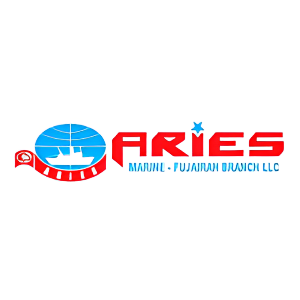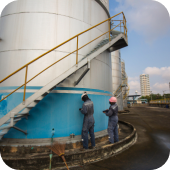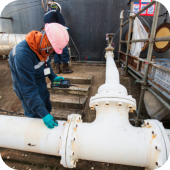

Aries Marine LLC,
Aries is the largest Engineering, Inspection, and maintenance firm in the Middle East.
Overview
Aries is the largest Engineering, Inspection, and maintenance firm in the Middle East. Founded by Dr. Sohan Roy in 1998, Aries Marine is the flagship brand of Aries Group, a world-class consortium of diversified independent firms. Headquartered in Sharjah, UAE, this ISO 9001:2015, ISO 14001:2015, ISO 29001:2020 & ISO 45001:2018 certified company has business branches in Singapore, Malaysia, Indonesia, China, India, Qatar, Bahrain, Oman, Saudi Arabia, Kuwait, Azerbaijan, Germany, UK, Angola, Srilanka, Netherlands, Turkey and the USA.
Our vision is to sustain our ability to capitalize on evolving opportunities and continue to build a sustainable and progressive community
- To provide quality services to the global maritime industry.
- To become the No.1 trusted brand in the world in the fields we operate.
- To provide extensive Engineering support to Offshore, Industrial, Marine, Oil, and Gas industries.
- To provide world-class quality and reliable service.
- To continually update ourselves with current technologically advanced techniques in the Engineering and inspection field.
Products
Services
Ads












